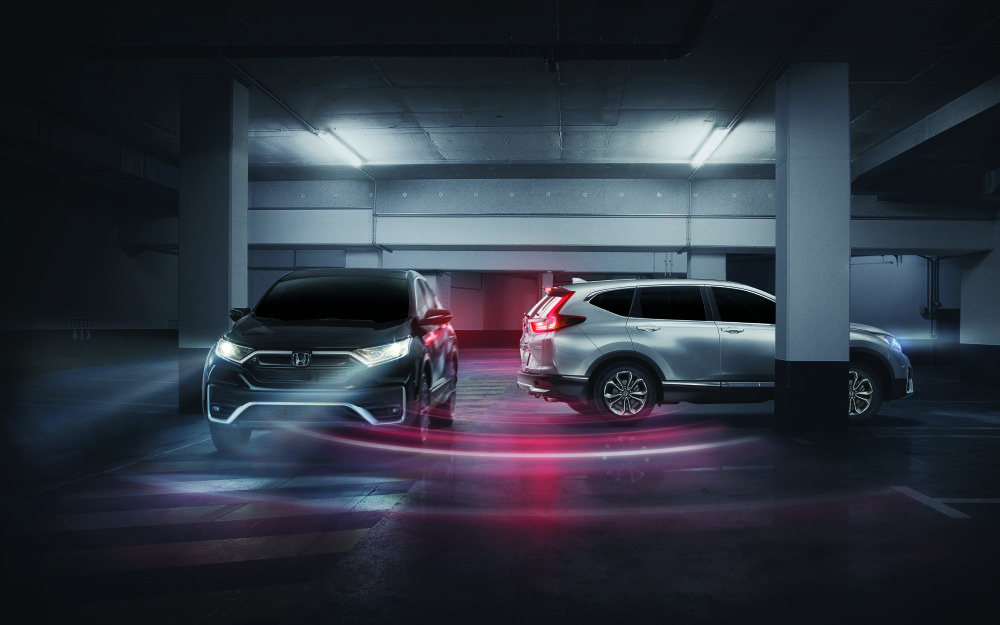The Tiguan Is Expanding To A New Class

The previous Tiguan was built on the Volkswagen B6 Passat chassis, which gave it car-like agility with the dimensions of a SUV. Now in its second generation, the Tiguan is looking bulkier as it rests on a bigger frame. Gone are the circular sheet metals, replaced by a more angular one, to give it an aggressive appearance, as well as a new design theme.
The character line, which runs through the side panels and is incorporated into the door handles, gives a distinctive visual appeal. Surprisingly, while bigger in dimension, it does weigh less than the previous generation. To complete the look, VW added beefier low-profile 19” tyres, with the ability to grip any road.
The biggest distinction comes with the fact that this version is a seven-seater, which seems to be a growing trend in midsize SUVs. On the local scene, the only other SUVs I can remember that offers seven seats are the Mitsubishi Outlander and Nissan Xtrail.
Nonetheless, this is something that customers have been requesting, and VW has answered. It clearly gives the vehicle an elongated look, but nothing that appears out of place.
INTERIOR UP TO PAR
In typical European fashion, the interior is simplistic and sophisticated, with a two-toned theme throughout. The steering wheel has a flat buttom, which is customary of VW, and it has a soft feel to it. On the base is the R-line symbol in chrome accent, while further up are the mounted controls on both sides.
On the left, there are the cruise-control settings, and below them are the volume buttons. On the right are the other media buttons and controls to retrieve the car’s info. All this information can be viewed on the 12.3-inch digital screen. It’s quite similar to that of the Audi’s ‘cockpit’ as the entire thing is an LCD screen which has a circular rev counter and speedometer on both ends and an information screen in the middle.
The font is very legible and the colour saturation is great, which makes reading information easy for the driver.
The centre console has a piano-black-finish eight-inch screen, and it has touchscreen functionality, which makes it a fingerprint magnet. Using it is very straightforward as all the relevant options, such as media and phone, are vertically laid out. For tactile appeal, VW added two knobs that give the operation a classic feel.
The screen also shows the images from the reverse camera, which works seamlessly with the sensors in both the front and rear bumpers.
Neatly stacked below the infotainment screen are the climate-control buttons, which allow the user to do a host of things, and quite frankly, I would recommend reading the manual to fully utilise them. First, there are the dual climate-control options, as well as viewing to the temperature of the rear a/c vents.
There are also heated seats, which won’t be used here. However, the feature that takes the cake is the thermal option for the side mirrors, which is extremely useful when it is raining and there is mist on the mirror. This ensures that the driver has total visibility when it is needed the most.
The panoramic roof adds a refined touch as it can also double as a sunroof and gives the vehicle a more spacious feel if it’s loaded with passengers.
My only gripes are that the armrest is a bit too low and the storage compartment in it is too small.
DRIVING WAS A PLEASURE
Outside of the Mazda CX5, this is the most fuel-efficient midsize SUV I have driven in a long while. Around town, it gives 5.5 km/litre and out of town, it almost doubles to 10.8 km/litre. These numbers were achieved by driving at an above-moderate pace, which means I overtook vehicles whenever I needed to.
This 2-litre engine can also be found in stablemates Audi Q5 and Porsche Macan, which means it’s built for performance. Producing 180hp, it is no slouch, as the six-speed Direct Shift gearbox performs smoothly.
While driving it, there was torrential rain, so I put the vehicle in snow mode, and it managed the road confidently. I felt like the vehicle would have performed quite the same in normal mode as VW ‘4Motion’, which is their way of saying all-wheel-drive, was quite intuitive.
The suspension has a lot of travel, which allows it to absorb potholes without disrupting the occupants. It does get a little bit firmer when it is in sports mode, and the same can be said for the electronically assisted steering.
To switch driving modes, there is a rotary knob behind the gear lever, which allows the driver to access the following options: eco, snow, off-road and normal. When in normal mode, the gear lever can be used to access sports mode. However, this cannot be done when the vehicle is in eco mode.
The vehicle felt extremely responsive, which gives a lot of promise to the Tiguan as it steps away from the compact SUV segment into the midsize SUV market.
WHAT I LOVED:
- The nine-speaker Fender audio system.
- The vehicle felt very responsive.
- Very fuel-efficient.
Price of the tested R-Line unit: $8,650,000.
Starting price of the Tiguan Allspace 2×4: $5,800,000.
Tiguan Allspace 2×4 mid-spec: $6,250,000.
Starting price of the Tiguan Allspace 4×4: $6,595,000.
Contact: vwSales@atlautomotive.com, (876) 754-0013.










